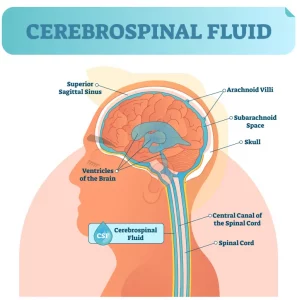
Snapshot: What is Cerebrospinal Fluid (CSF)?
Public transit may not be the first thing that comes to mind when we think about the brain, but it’s a great way to understand how all the parts of the central nervous system work together. Nutrients, hormones, and other important molecules (the passengers) need to get on and off Read More…







